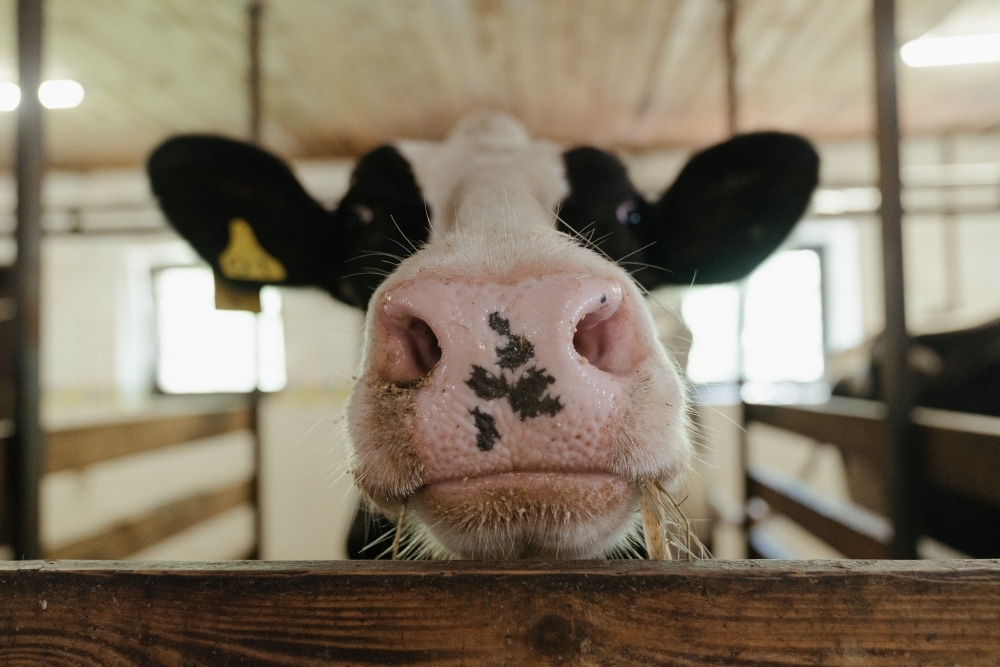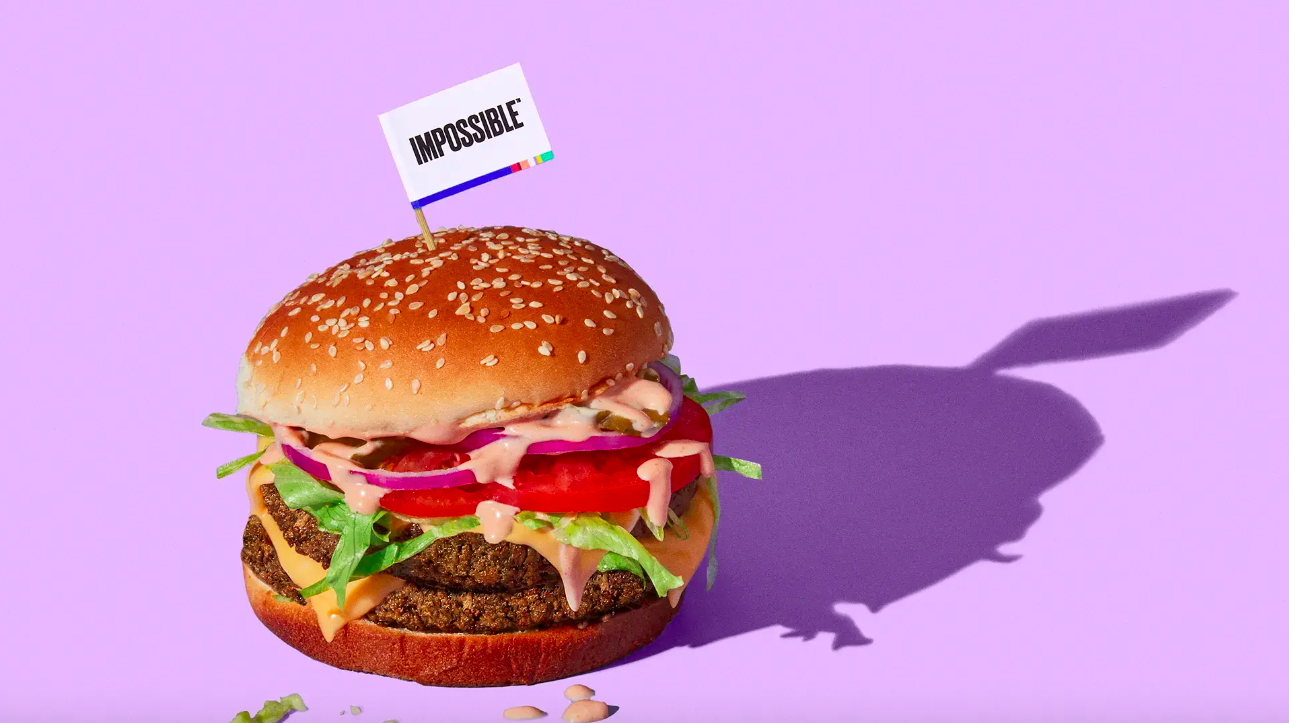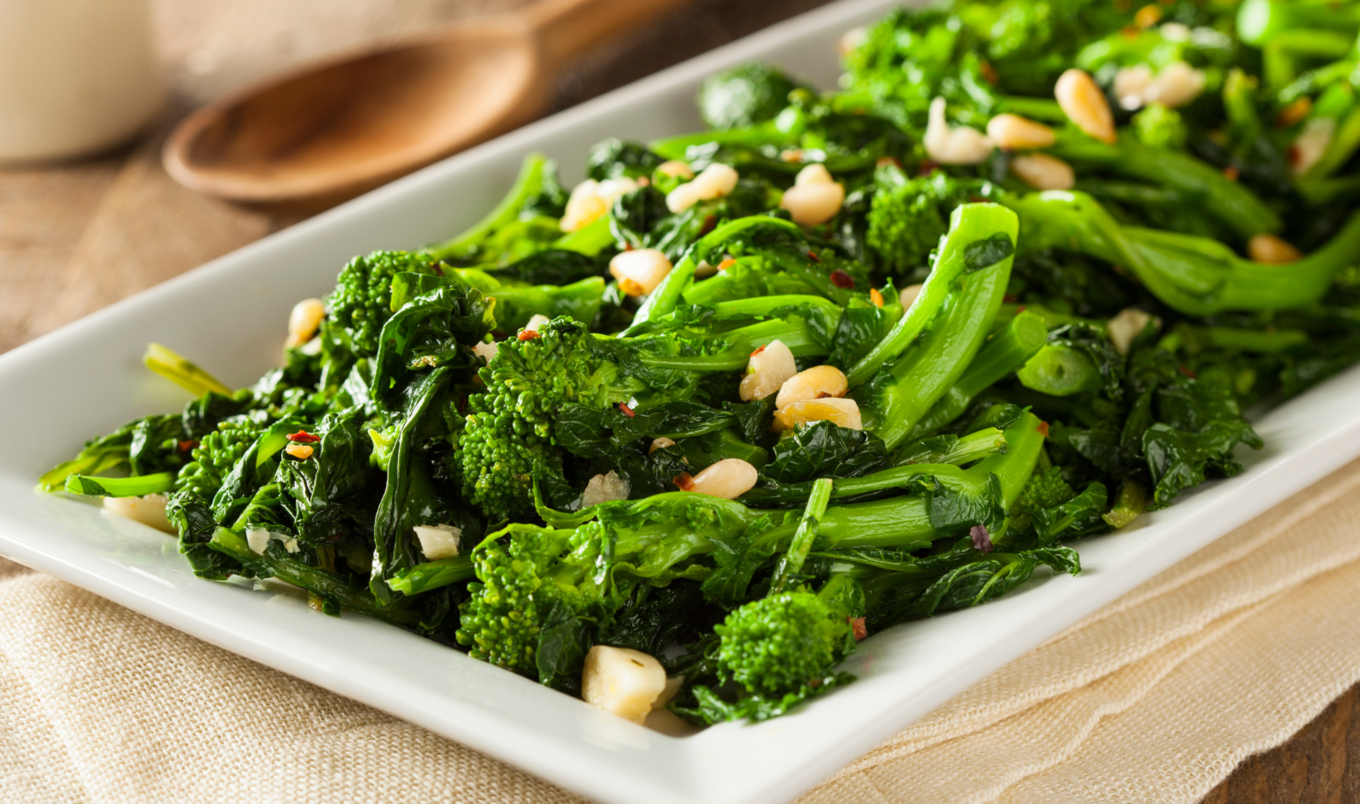Earlier this month, the news broke that 18,000 cows had been killed in a catastrophic farm explosion and fire in Texas, and one person had been critically injured. The shocking incident has already been labeled the deadliest cattle barn fire ever recorded in the US. But sadly, to many activists, the tragedy is not surprising. There are around 1.6 billion animals confined to factory farms in the country—many for meat and egg production, but a significant number are used for dairy production, too—and, for the most part, these animals live in cramped, industrialized conditions that are not just unpleasant, but also dangerous. Here’s why the Texas fire needs to be a turning point for dairy lovers all over the world.
Table of Contents
Are farm fires common in the US?
According to new reports, the fire, which broke out at South Fork Dairy Farms in Castro County, TX, was likely caused by malfunctioning farm equipment, but further investigation into exactly what happened is still ongoing. This is in line with what Castro County Sherrif Sal Rivera said to a local news station after the event. “It is possible that [equipment] overheated and the methane and things like that might have ignited and spread out with an explosion and a fire,” he explained. Factory farms are significant emitters of methane, which is a potent greenhouse gas belched out by cows. Over the course of just one year, one single cow will emit around 220 pounds of methane into the atmosphere.
It’s important to note that this is far from the only barn fire to occur in the US. In fact, according to one report by the Animal Welfare Institute (AWI), as of April 11, have already been nearly 144,670 farm animal deaths in the country in 2023 due to barn fires. These animals were not just cows, but also chickens, rabbits, turkeys, horses, goats, and more.
Unsplash
Another AWI report, looking at barn fires that broke out from 2018 to 2021, concluded that malfunctioning heating devices and other forms of equipment were a key cause. “Out of the 539 total barn fires that caused farm animal fatalities during the four-year period, the cause or likely cause of the incident was reported in 179 cases,” AWI reports. “In about 65 percent of those 179 cases, the confirmed or suspected cause was a malfunctioning heating device or other electrical issue. This significant percentage suggests that this equipment should be frequently checked, repaired, and replaced.”
According to Vox, farms don’t have the same safety requirements as many other buildings designed for human use. This means that, despite the fact they are filled with flammable materials like wood and hay, they often lack key fire safety equipment, like sprinklers and alarms.
Fires aside, farms are dangerous for animals, including dairy cows
Many people were alarmed at the sheer number of animals that were killed in the Texas explosion and fire. The mayor of Dimmit, which is a close county to the farm, said the scale of deaths was “mind-boggling.” And Allie Granger, the AWI’s policy associate, said it was “striking.”
But mega-farms are becoming more commonplace in the US, where 99 percent of farm animals are raised in industrial factory conditions. California’s Harris Ranch, for example, has more than 100,000 cattle, which makes it the leading beef producer in the state.
For these animals, it’s not just fires that threaten their lives, but also other factors, like the spread of disease. Globally, since 2021, 140 million poultry have either died from bird flu or been culled to reduce the spread, for example. And extreme weather incidents also pose a huge risk. Last year, in Kansas, heat stress due to an intense June heatwave killed thousands of cows. And amid Hurricane Ian in 2022, one Florida dairy farmer lost 250 animals.
 Pexels
Pexels
All of these incidents are undeniably sad and tragic. But, it’s important to point out, even without natural disasters and barn fires, the life of factory-farmed dairy cows, and many other animals, is still grim. To produce milk, female dairy cows are artificially inseminated repeatedly, and when they give birth, their calves are taken away often within hours. When their milk production declines, the dairy cows are then usually sold to the beef industry and slaughtered, reports Animal Equality.
And on top of all of this, the intensive farming of animals is threatening our planet, too. Animal agriculture as a whole is a significant contributor to major environmental issues, including greenhouse gas emissions, water pollution, and deforestation.
So now more than ever, it makes sense to ditch dairy and switch to one of the many nutritious and delicious plant-based milk products on the market. Not just to save the cows from more suffering, but also for the health of humanity and the environment, too.







.jpg?sha=1491c255b49d3e03)